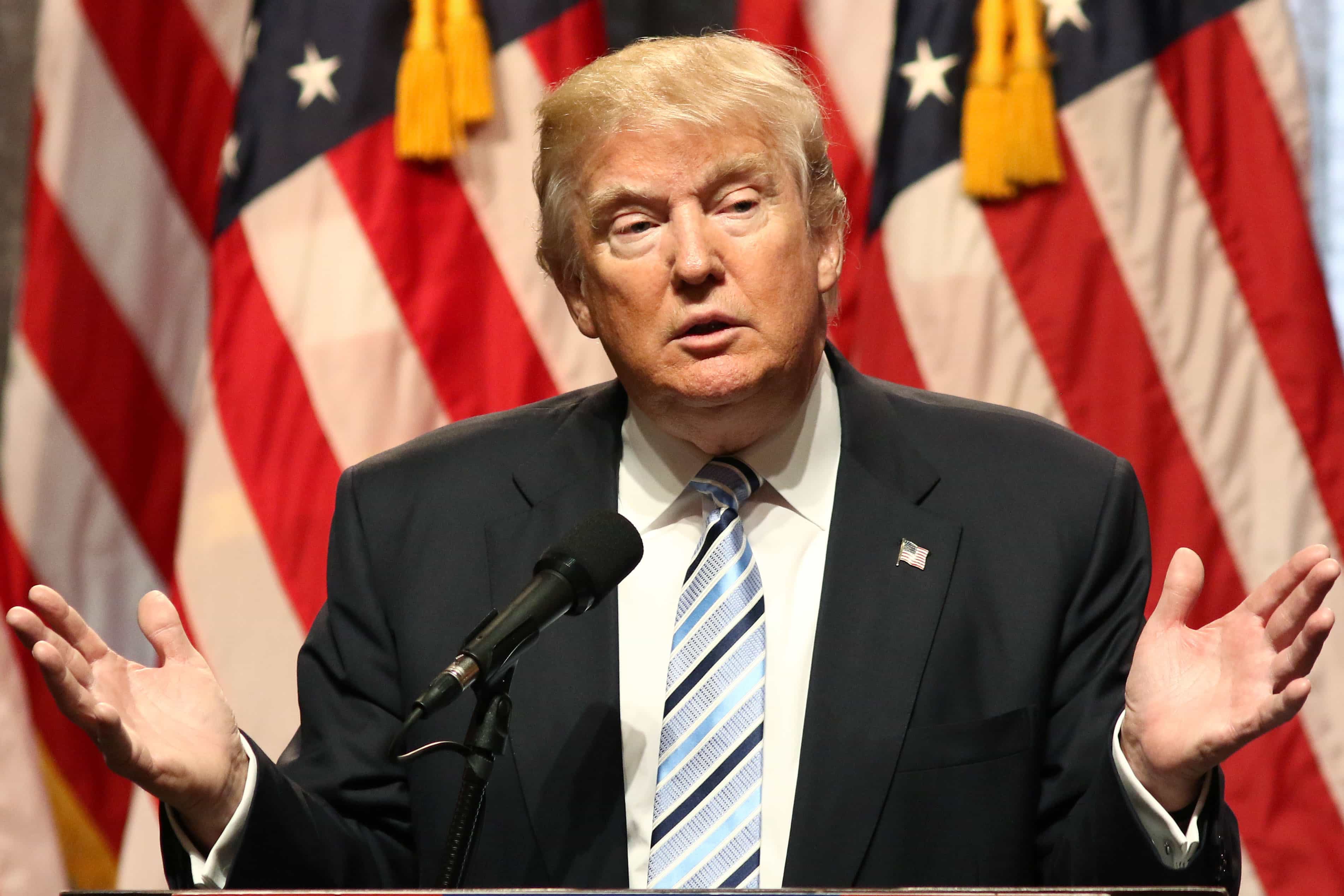Amid all the clatter of a new administration and new legislative priorities in Washington, it’s easy to see the trees but lose sight of the forest.
In this case, we’re talking about the U.S. government’s annual budget deficit.
Last year, the deficit grew by more than 30% to $587 billion.
And, according to a new report by the Government Accountability Office (GAO) and Congressional Budget Office (CBO), it’s on “an unsustainable path.”
No doubt the current Congress will pay lip service to the latest warning, as every other Congress and administration before has … just before turning around and opening up the spending spigot a moment later.
This situation has been well documented by our experts like Total Wealth Insider’s Jeff Opdyke before.
But the new key point from the GAO is its forecast…
Barring important changes in fiscal policy, the nation’s debt, relative to the size of the economy, will move to catastrophic levels within the next 15 to 25 years. Or it could happen sooner, if federal spending rises at an even faster pace without appropriate cuts elsewhere.
The Path to Ruin
In the wake of World War II, the size of the national debt relative to the economy was a historically high 106%. In the decades since, the long-term average held at roughly 44%.

As you can see, the debt-to-GDP ratio was just 39% as recently as 2008.
But the fiscal crisis, bailouts and slower economic growth — as well as the lapse of “pay as you go” federal budgeting rules instituted during the 1990s — put the debt-to-GDP ratio into overdrive.
In 2015, the ratio soared to 74%. And last year, it climbed further to 77%.
You can see where this is going. As the CBO notes, large and growing amounts of federal debt:
- Mean higher interest costs.
- Limit government’s ability to respond to unforeseen events.
- Reduce long-term national saving and income levels.
And, more importantly, it makes a fiscal crisis more likely.
The Search for Solutions
The prescription put forth by the GAO and CBO is one that will sound very familiar to you: lower federal spending (with reduced interest-carrying costs), and change programmatic spending on Social Security and federal health care programs.
I won’t plow into that thicket here, but let’s just say that both are going to be a challenge for any Congress or president.
So where does that lead us? It points to preparations for stagflation as Total Wealth Insider’s Jeff Opdyke has noted at various points.
For many investors younger than 50, the idea of stagflation — an economy with both inflationary and recessionary tendencies — is hard to grasp. All that most of this age group has ever known in the past three decades is reliance on paper assets, like owning stock through a mutual fund.
We have to go back to the 1970s and the tremendous rallies in gold and silver to see the value of owning hard assets and the securities backed by them. With gold and gold securities at low prices, it’s not a bad idea to start preparing for that time again.
Kind regards,

JL Yastine
Editorial Director




